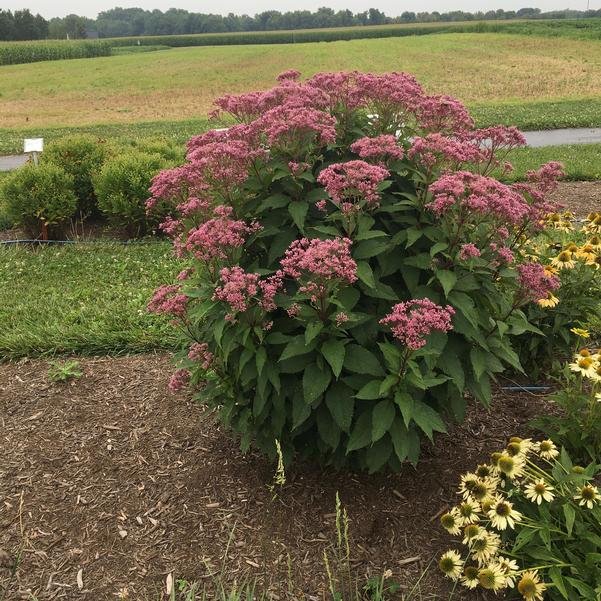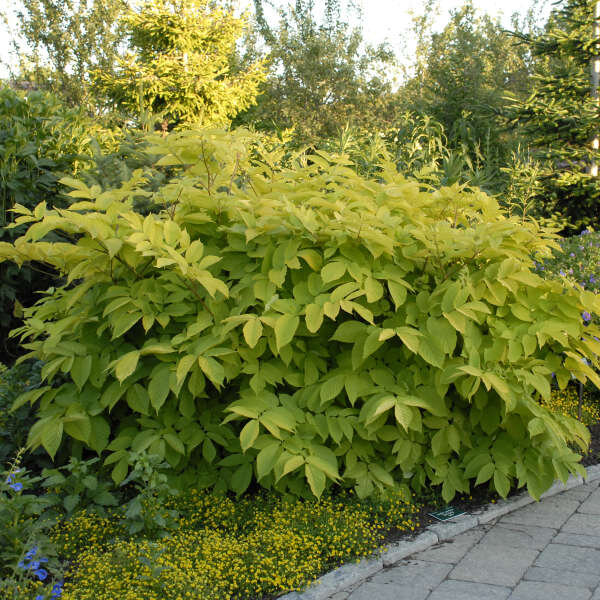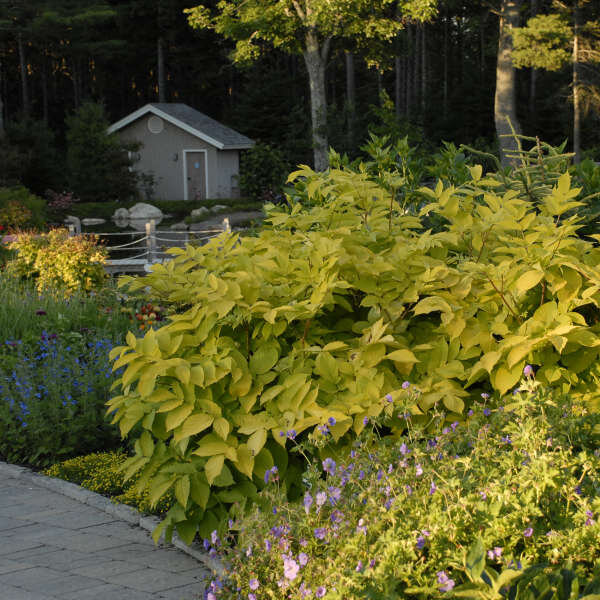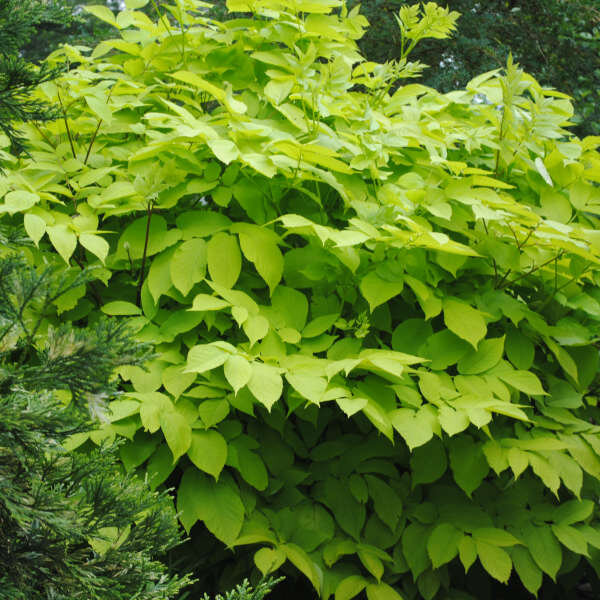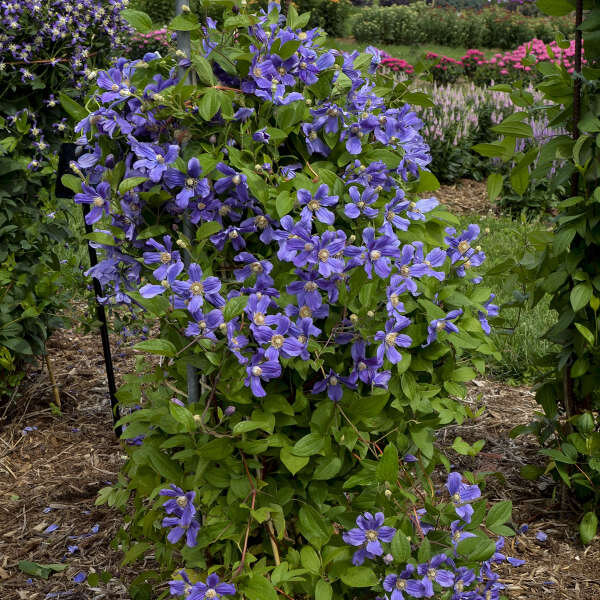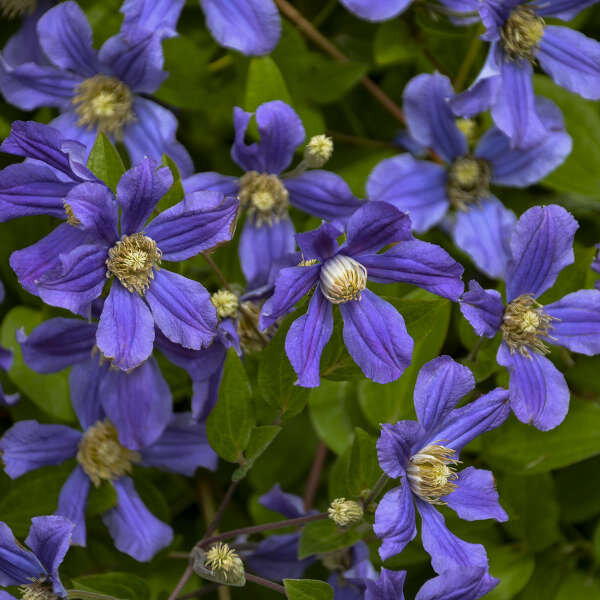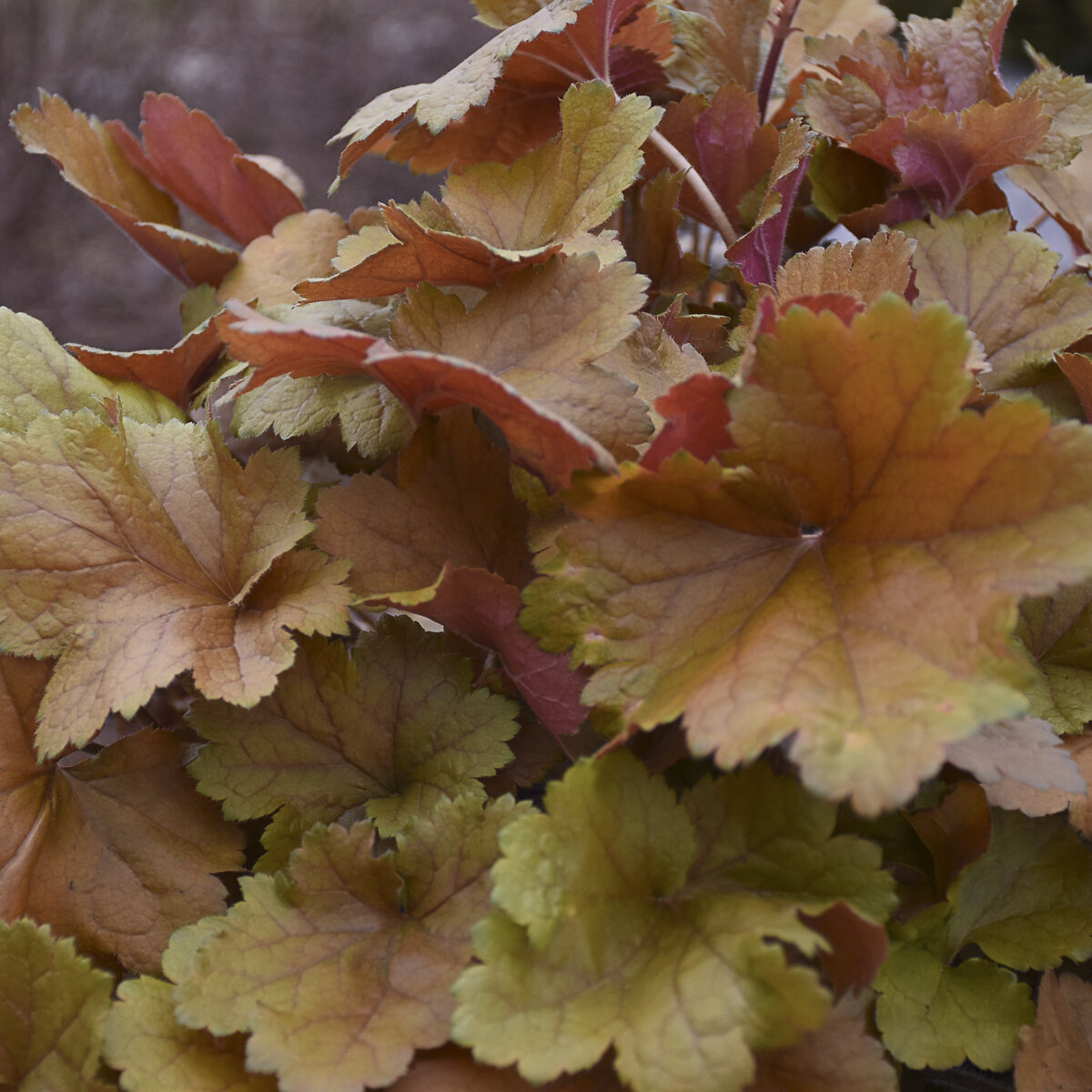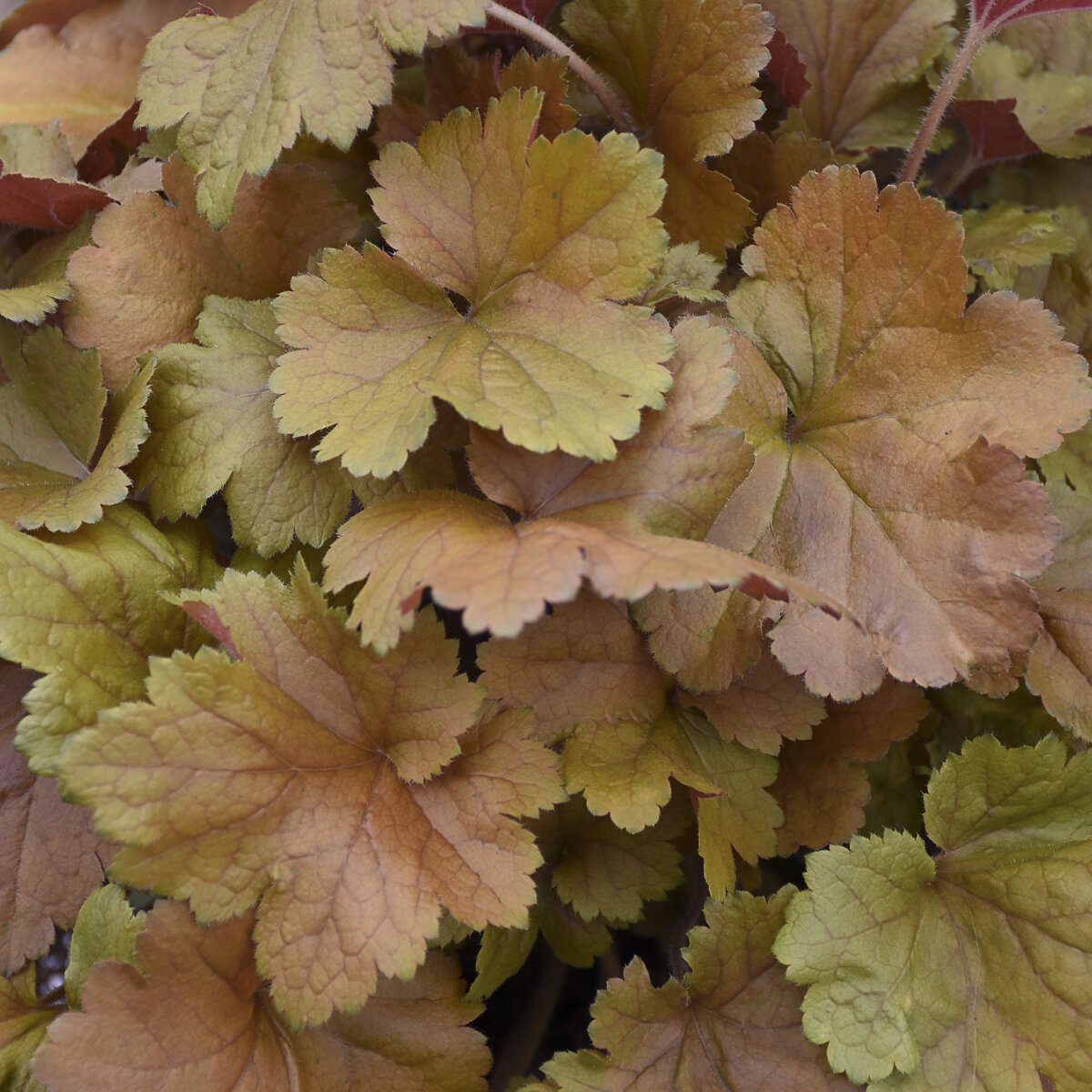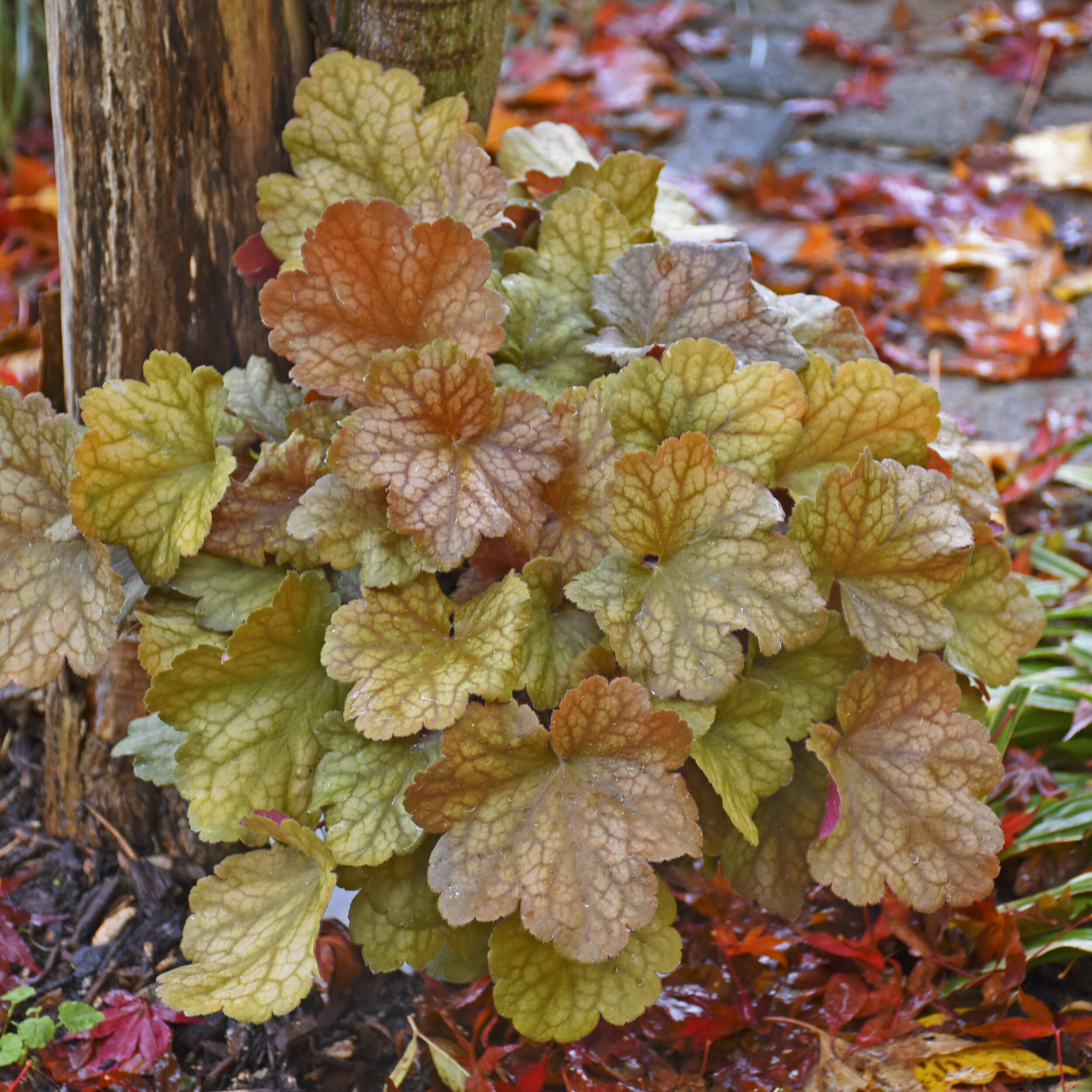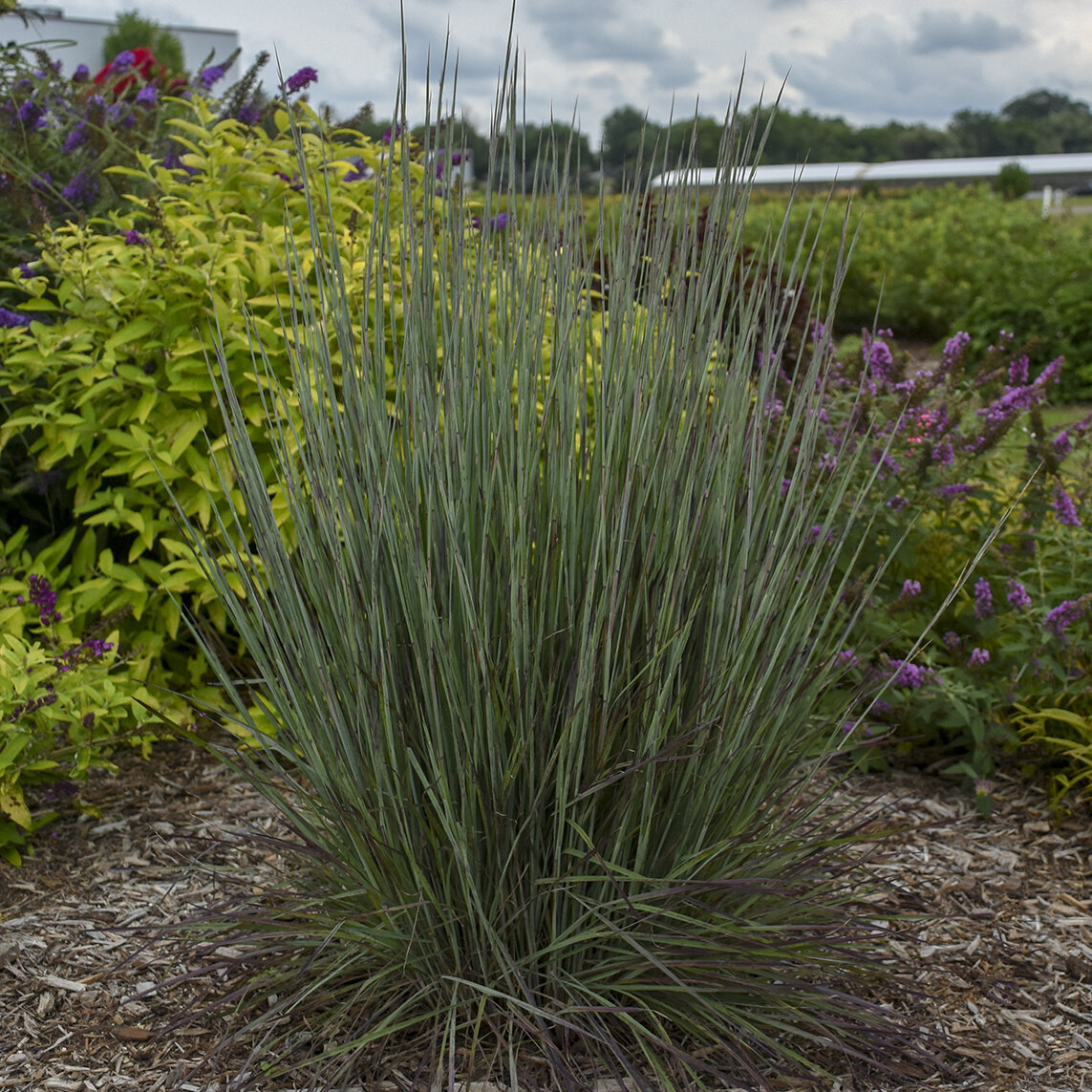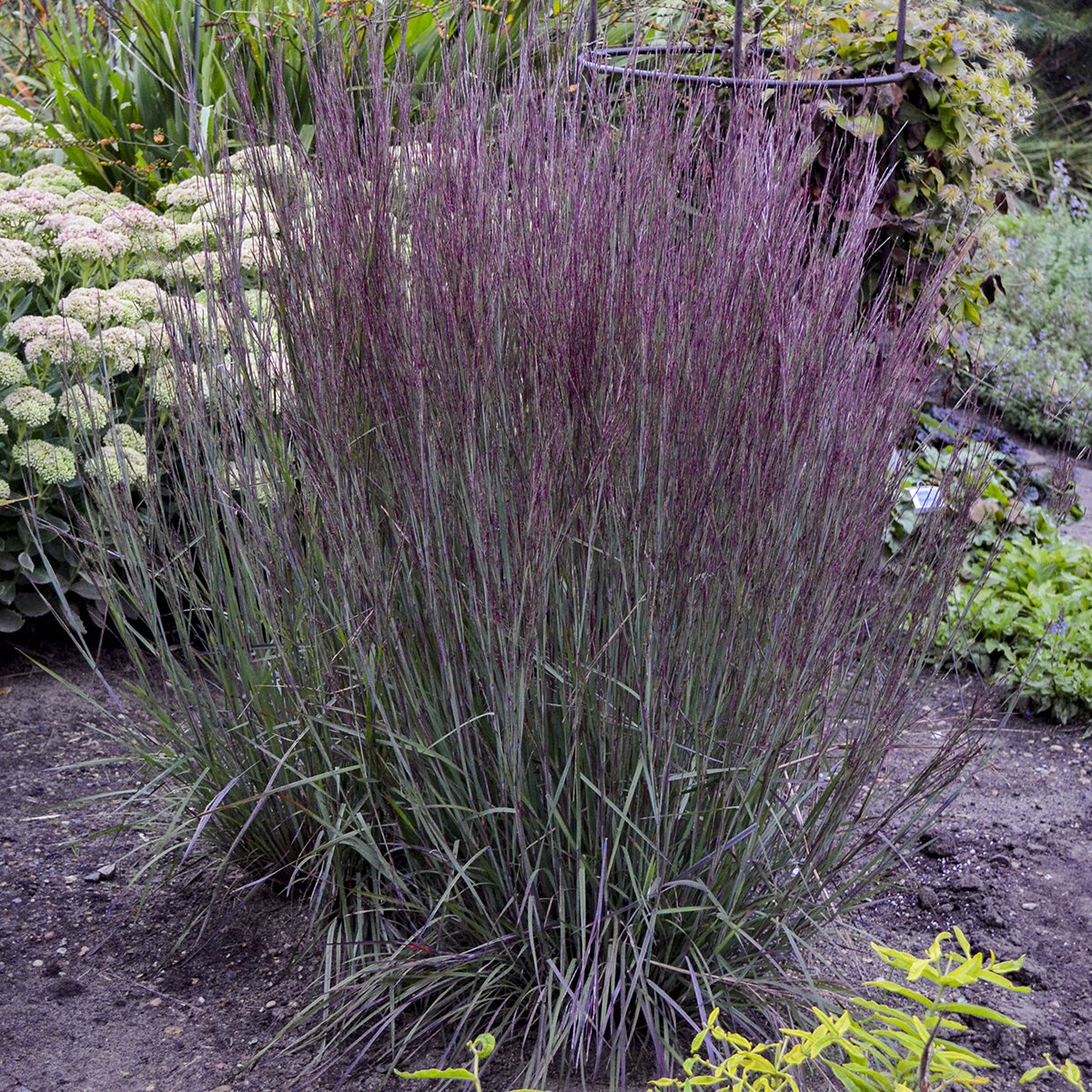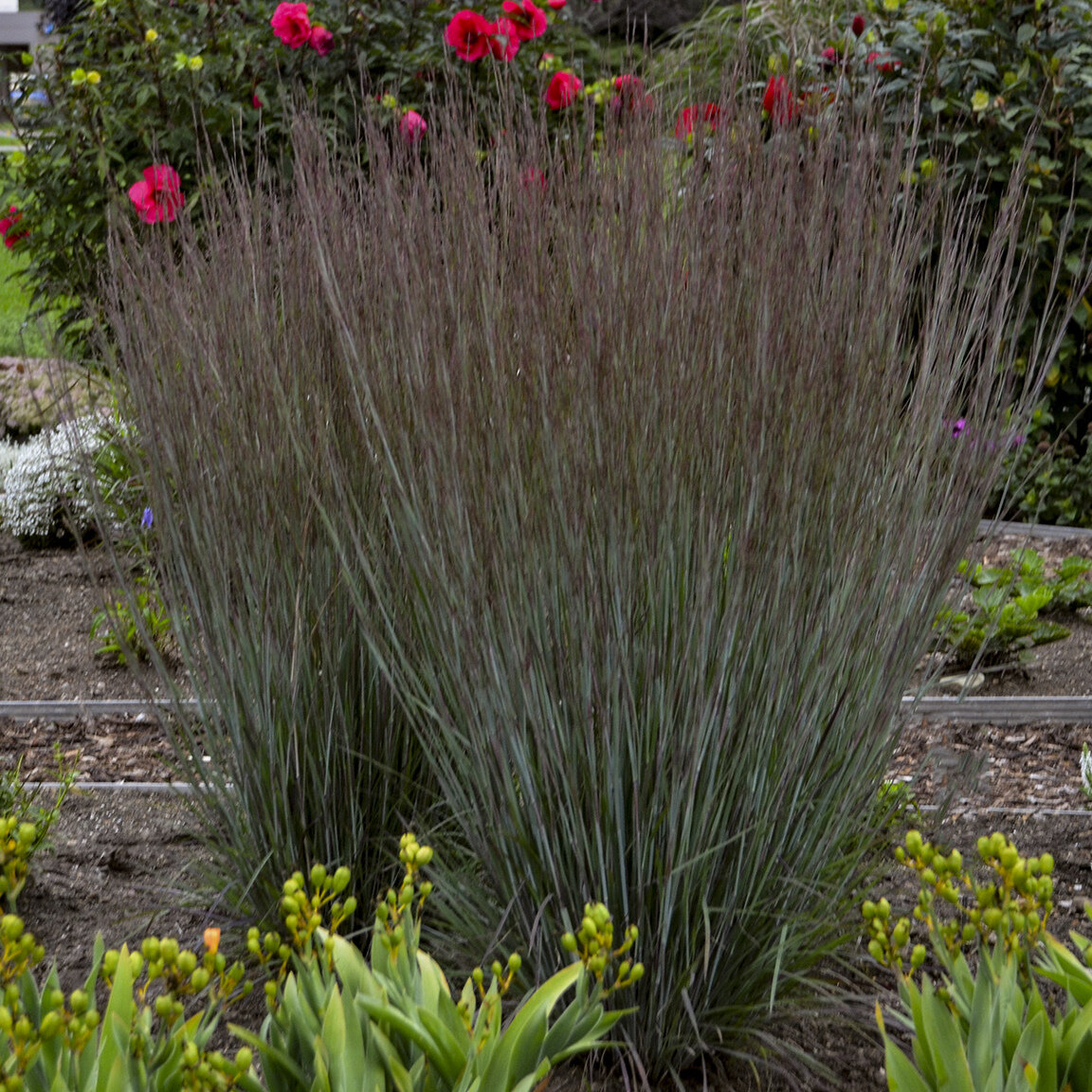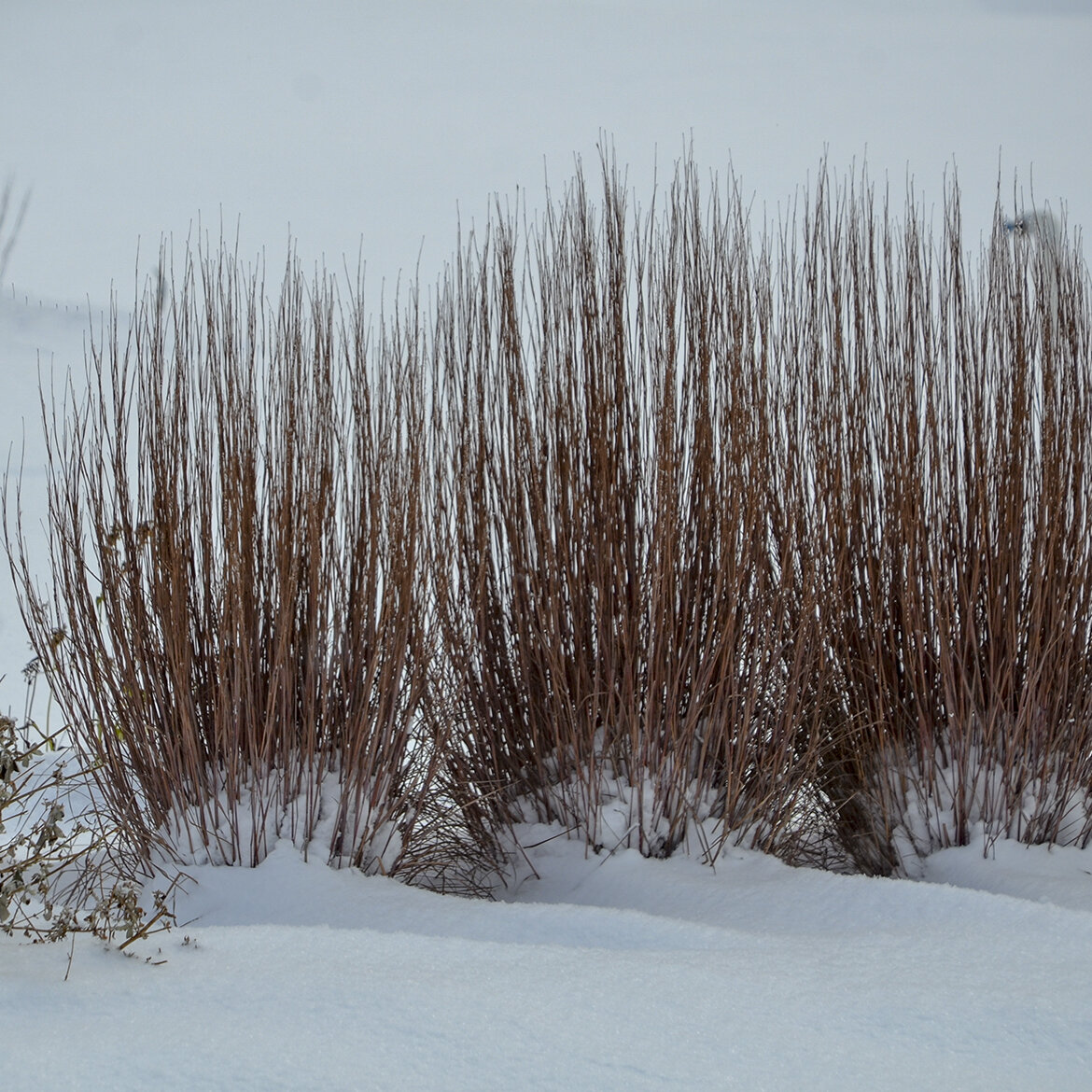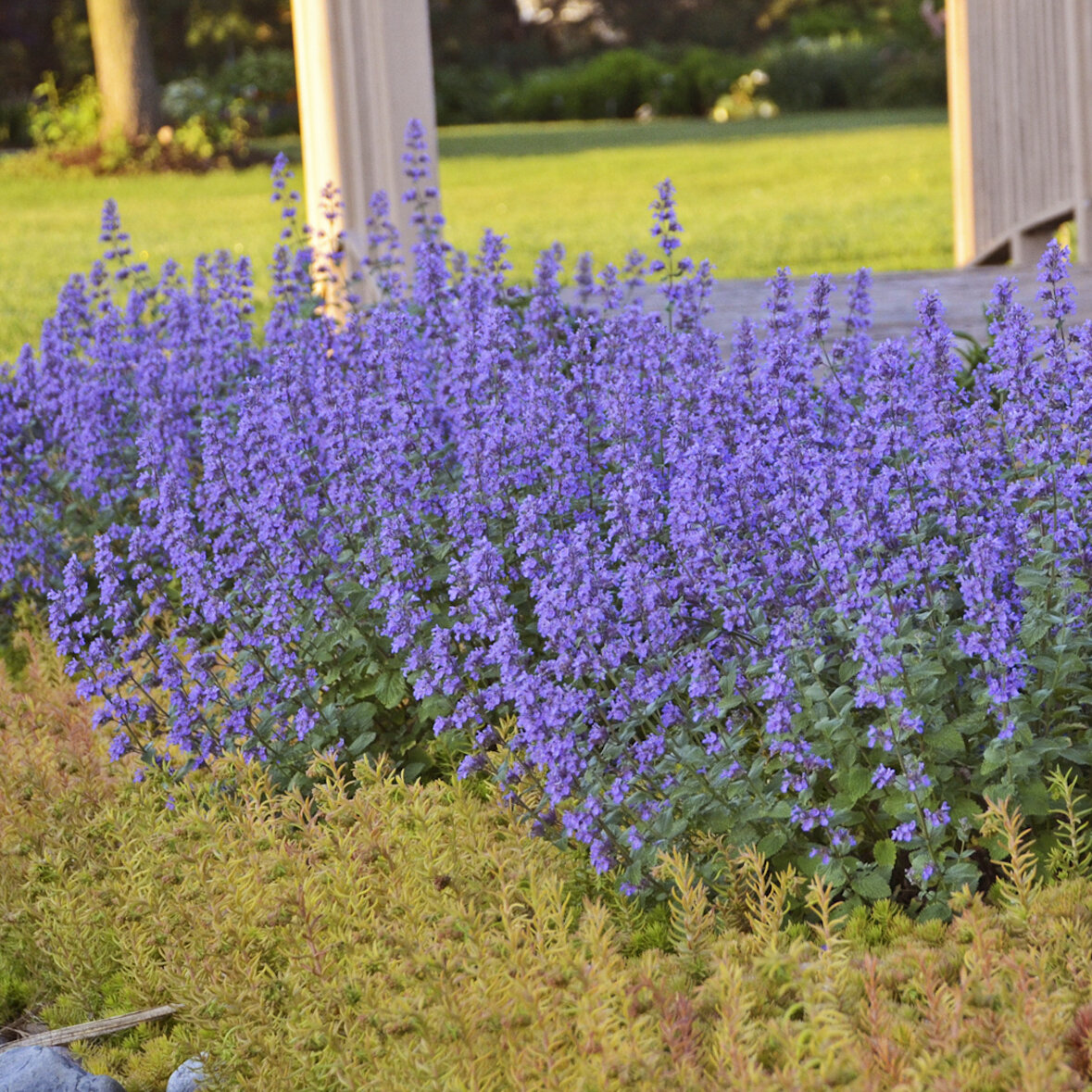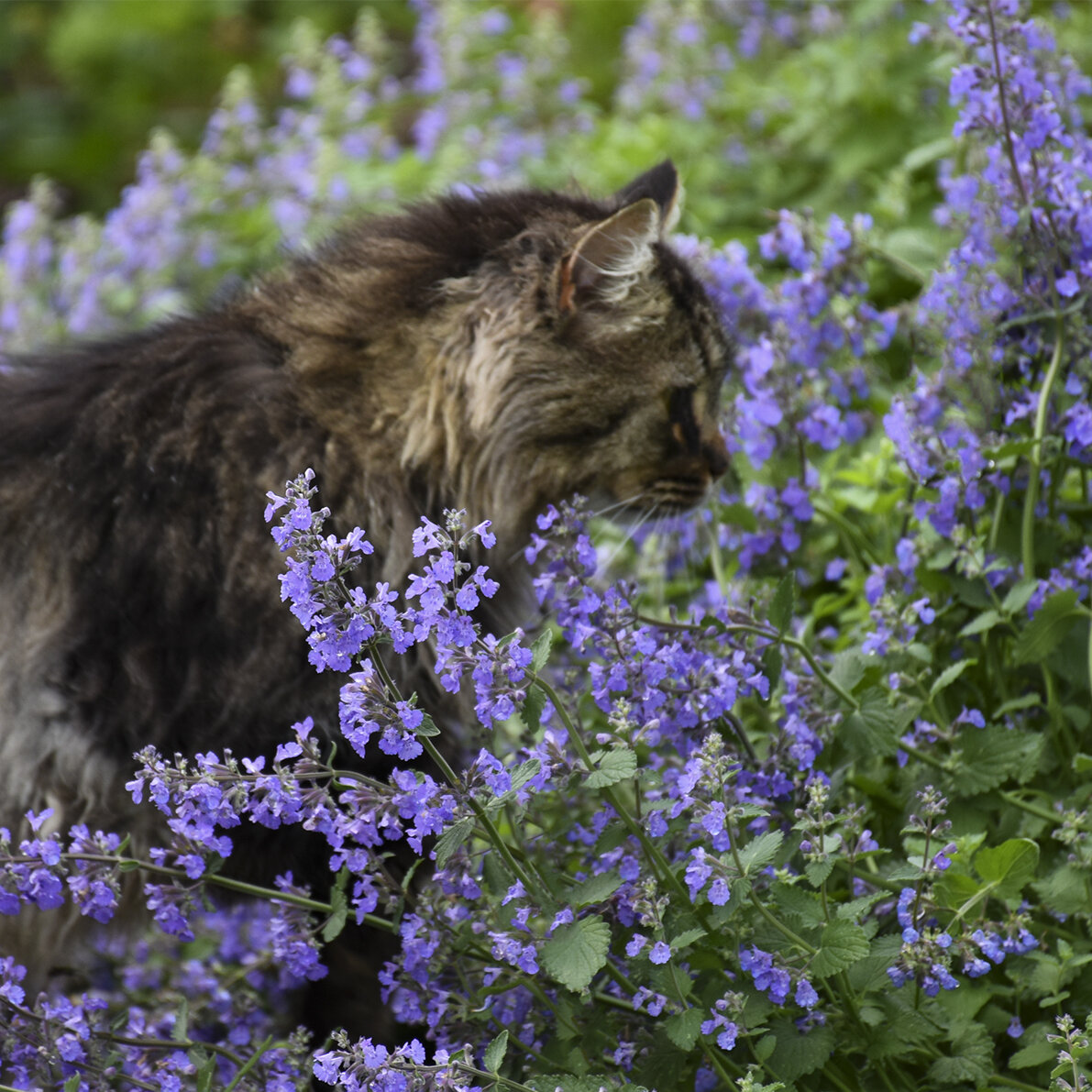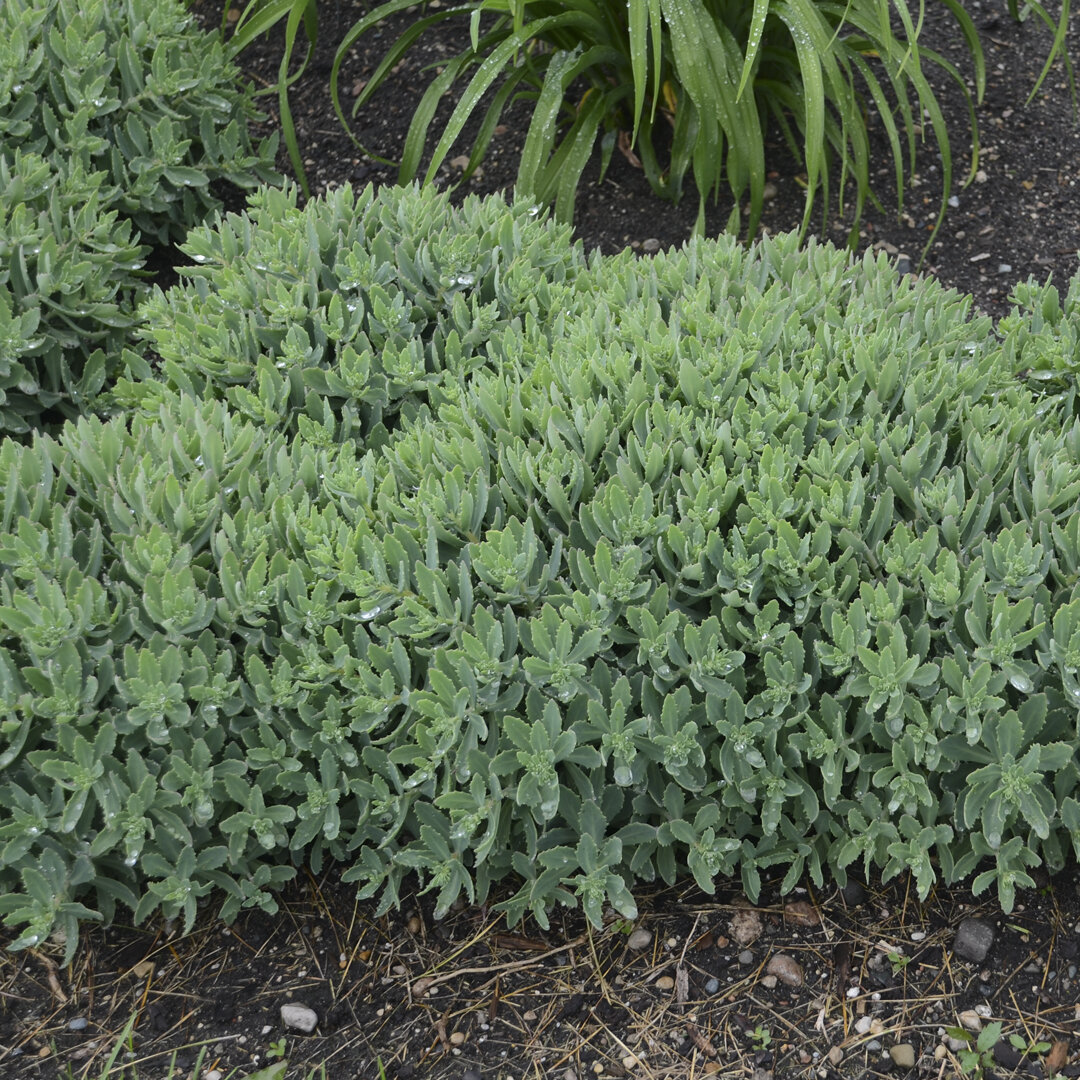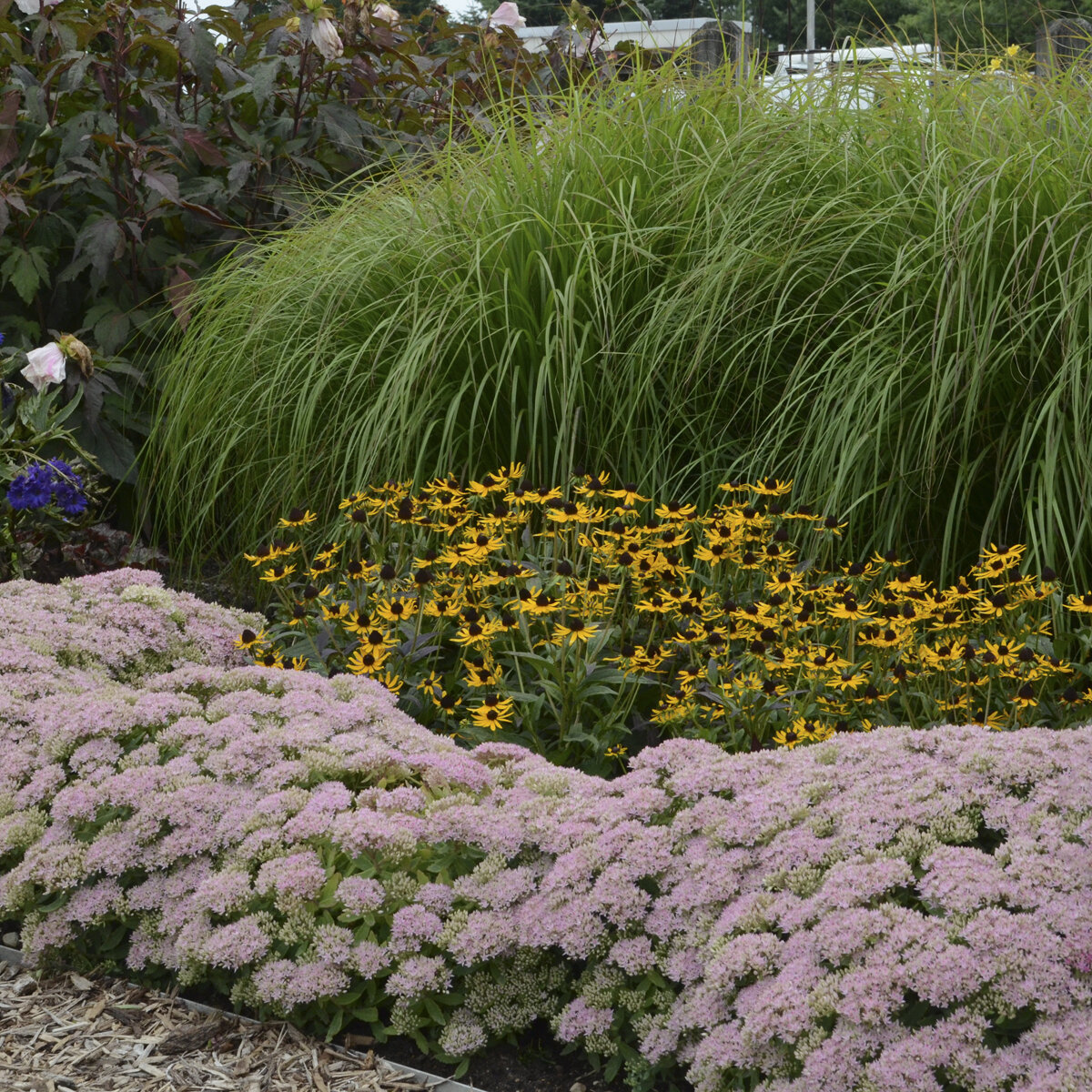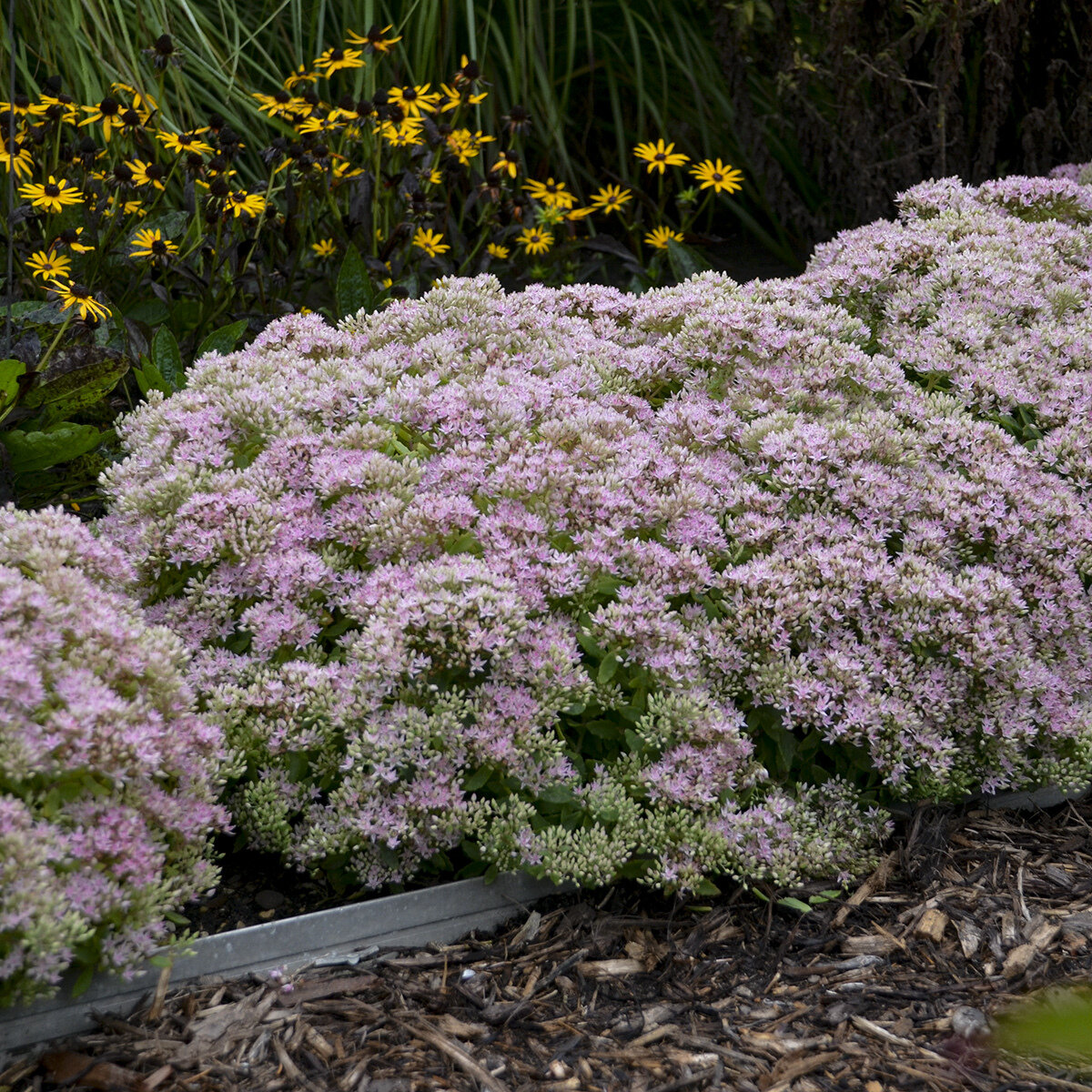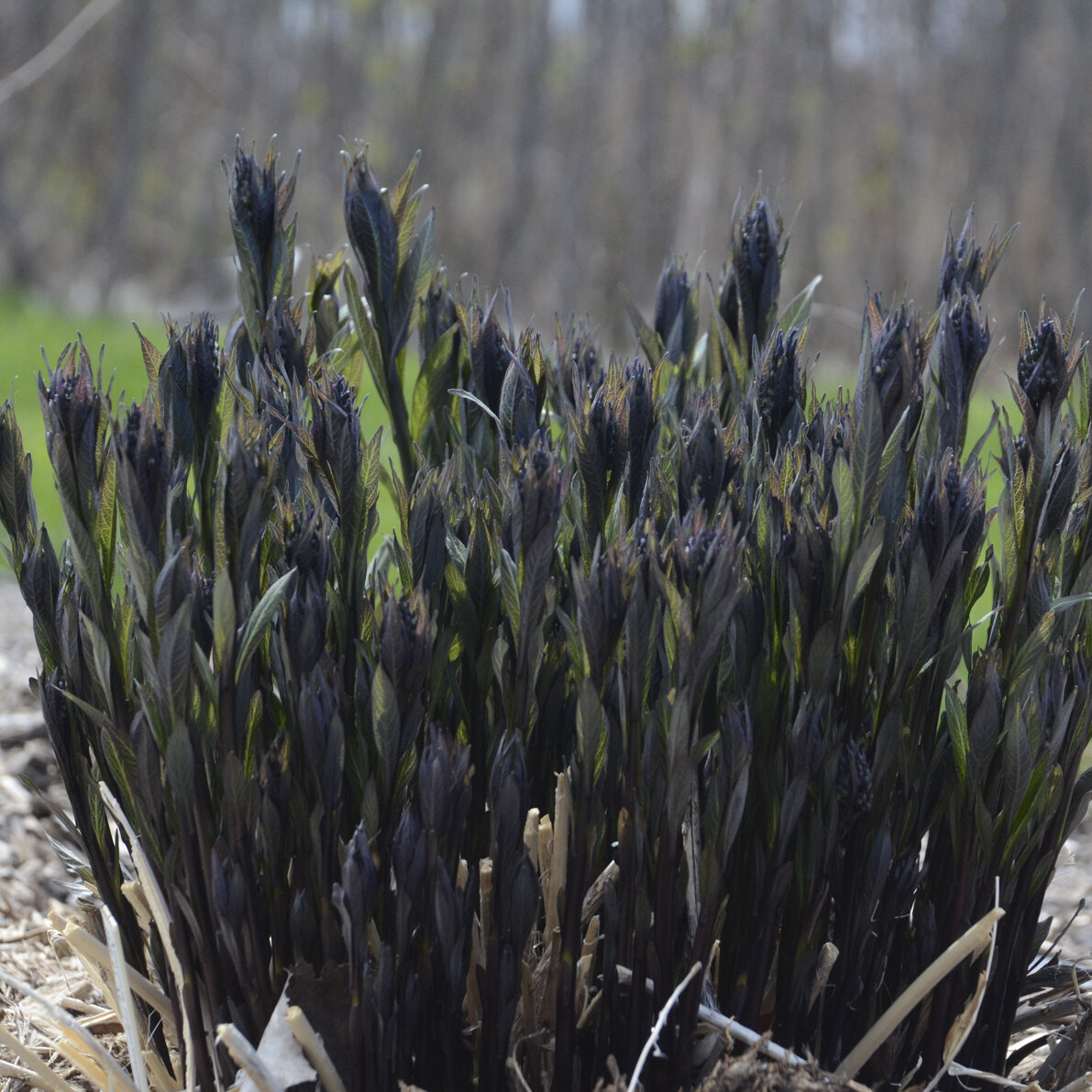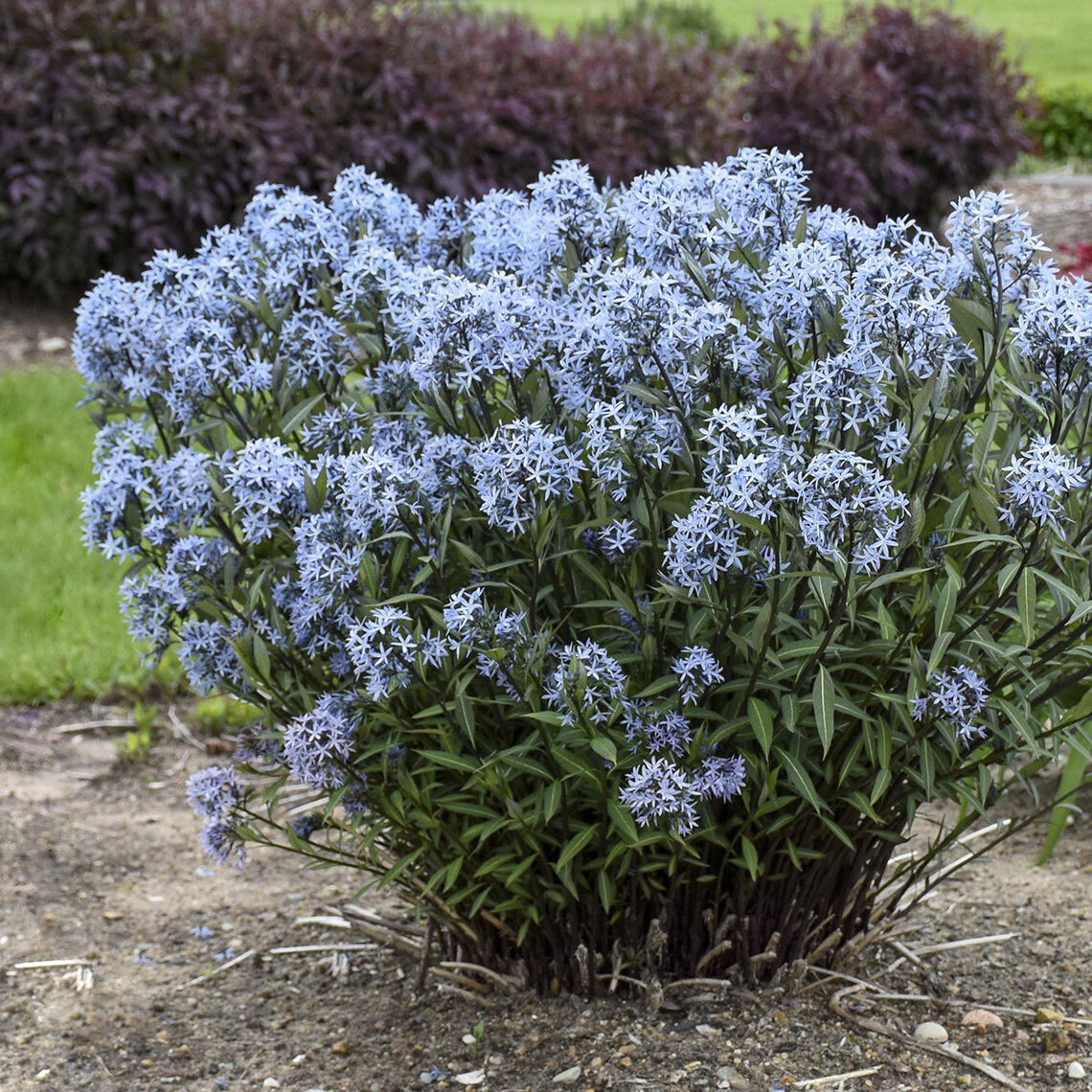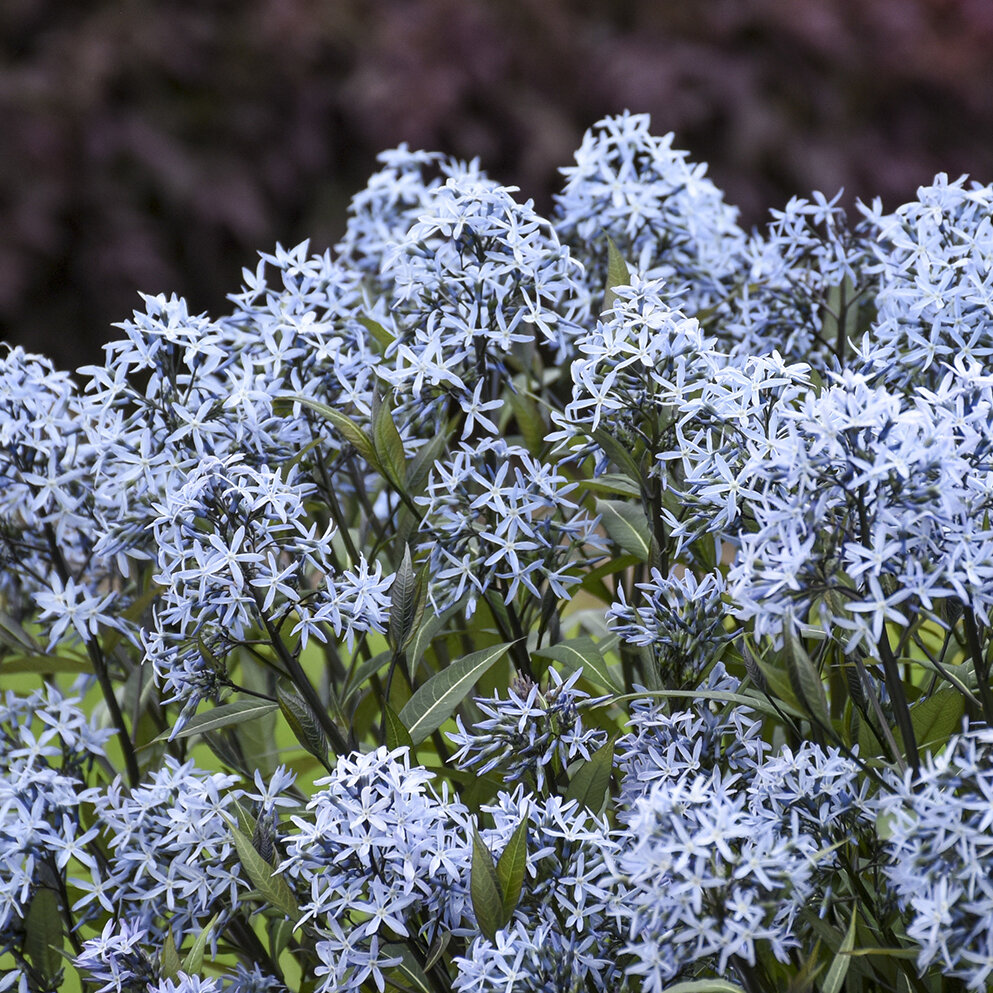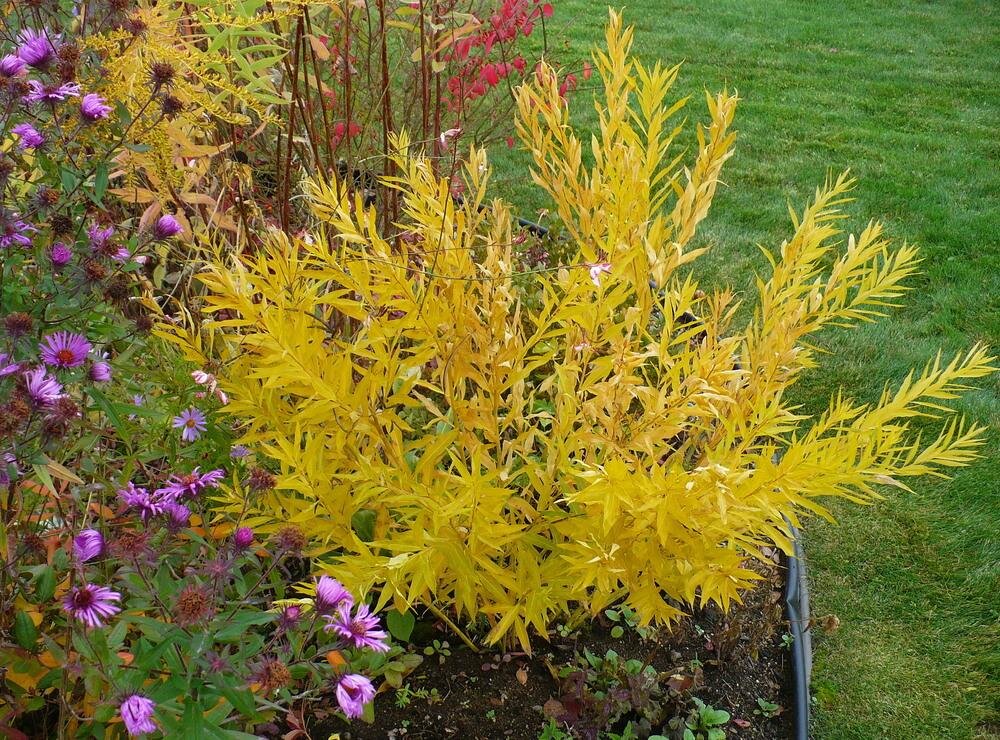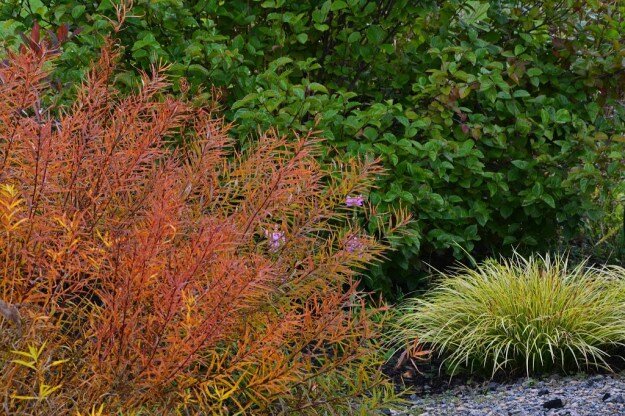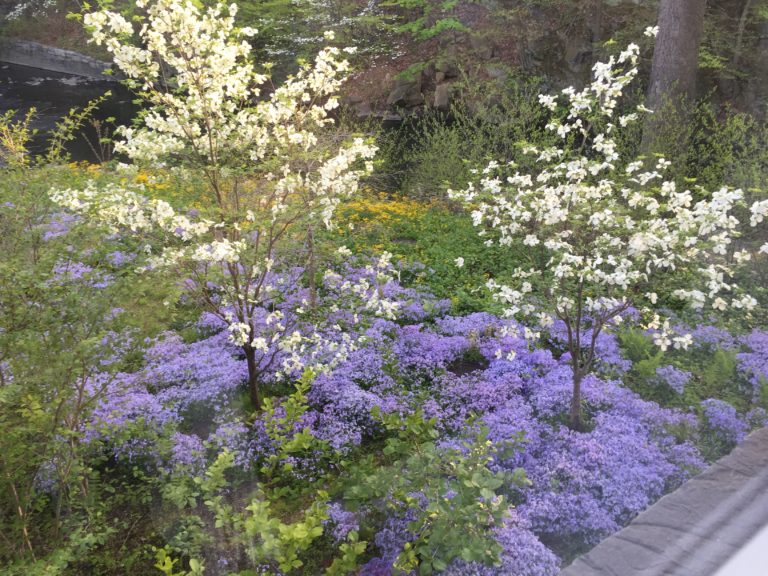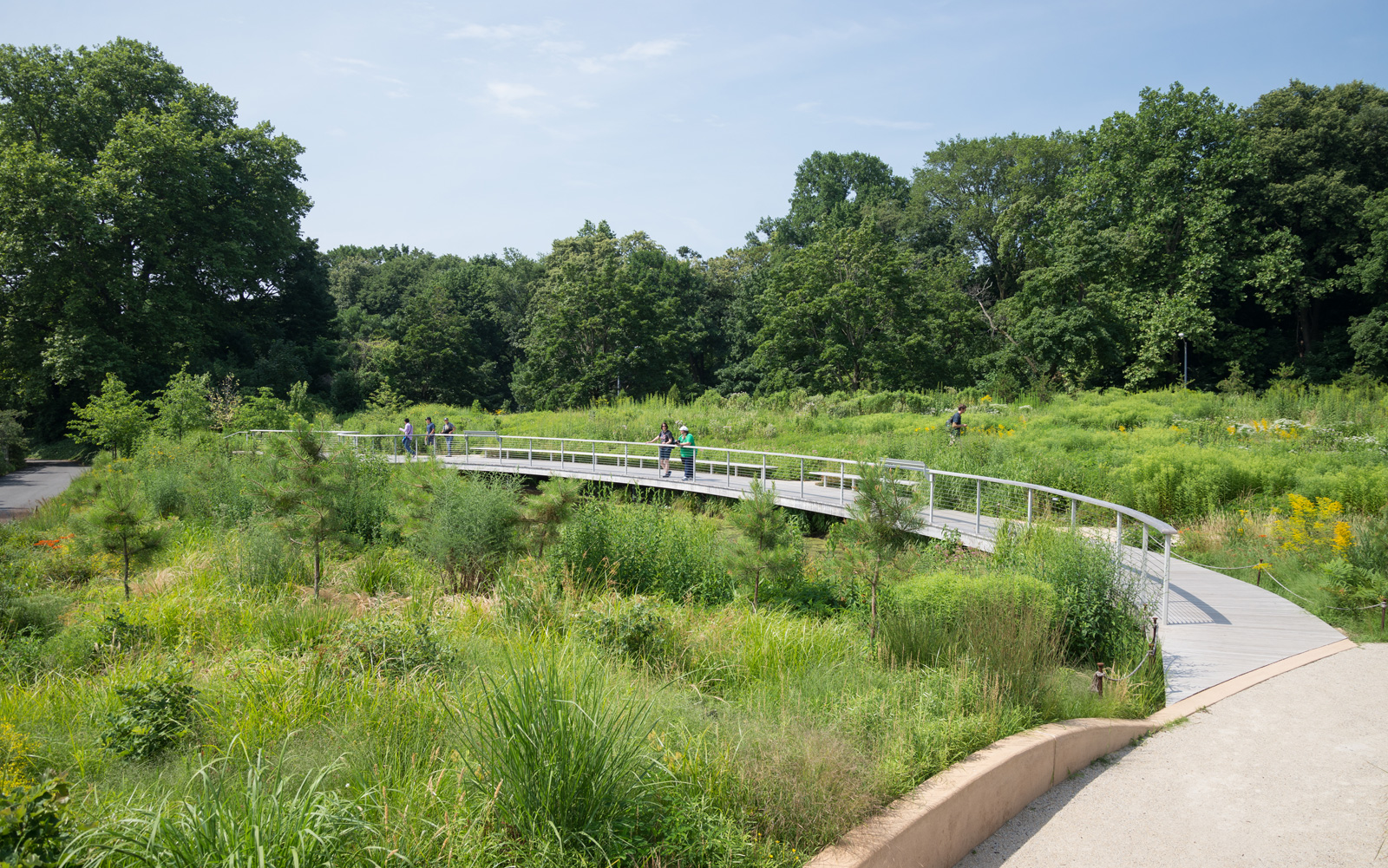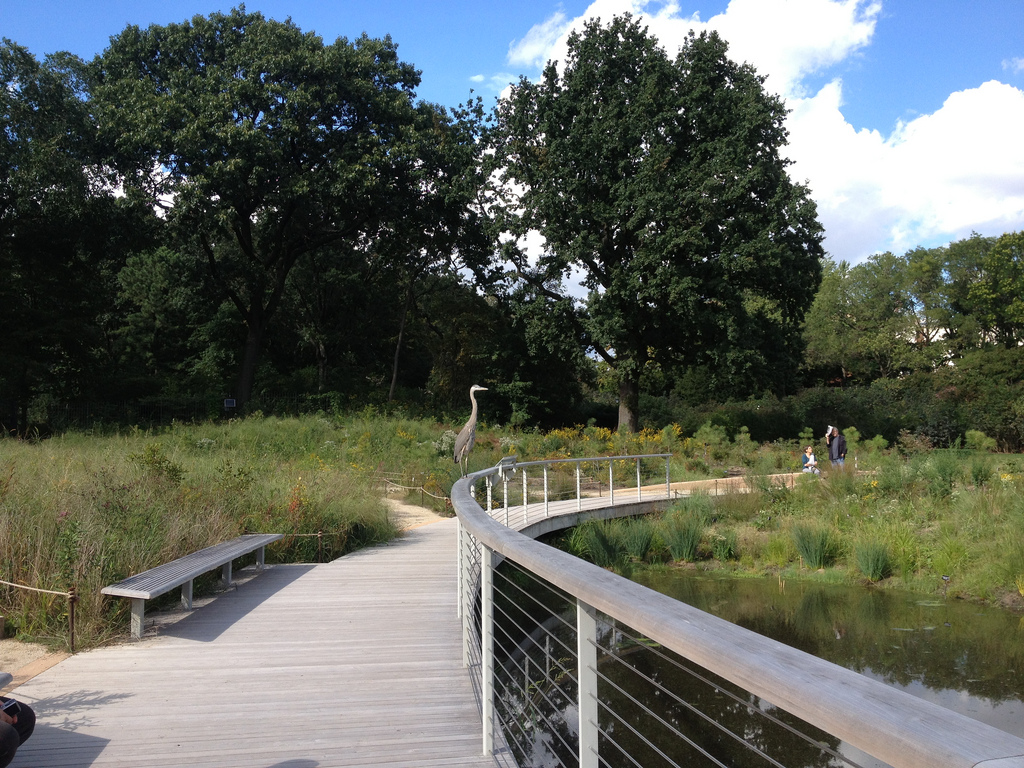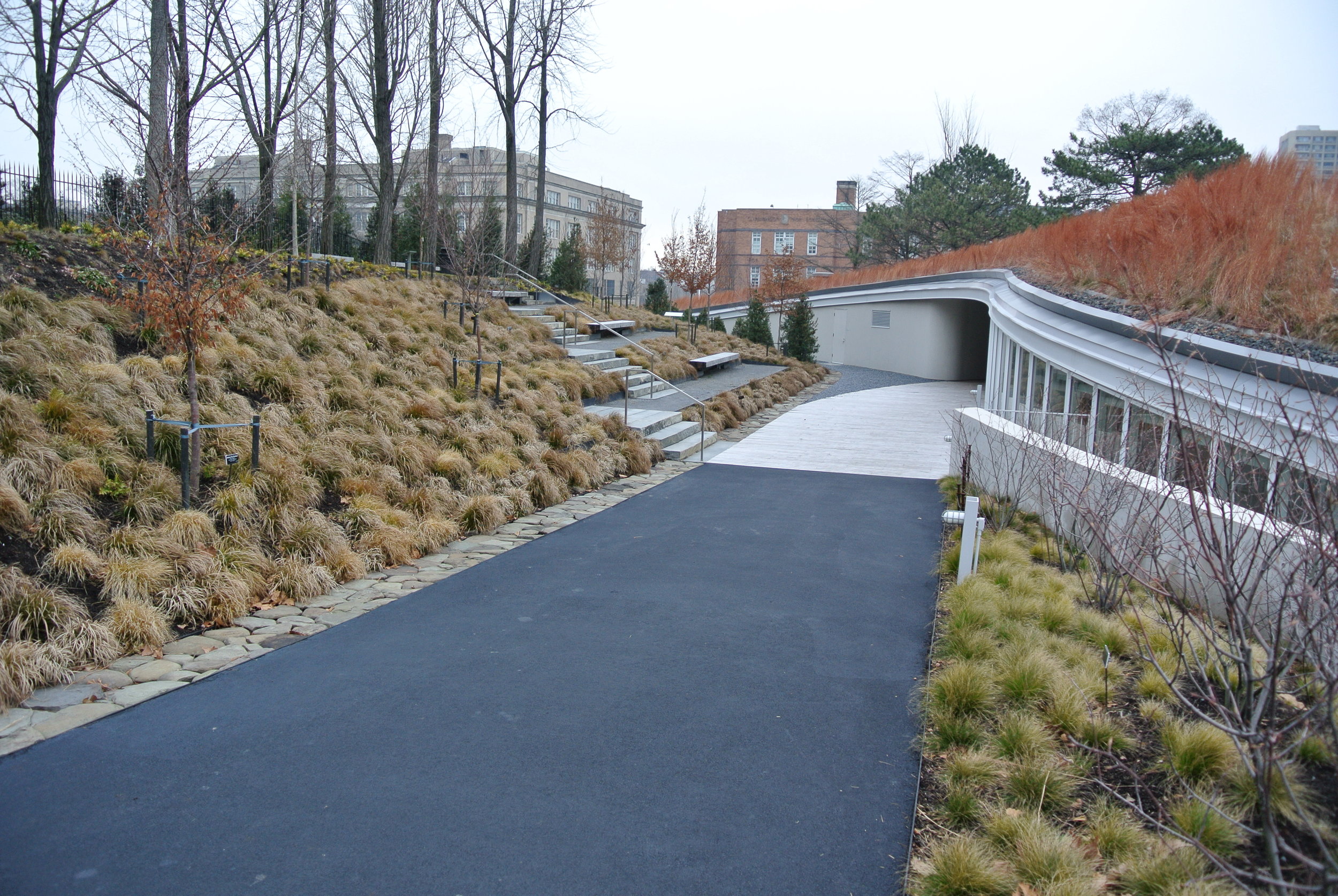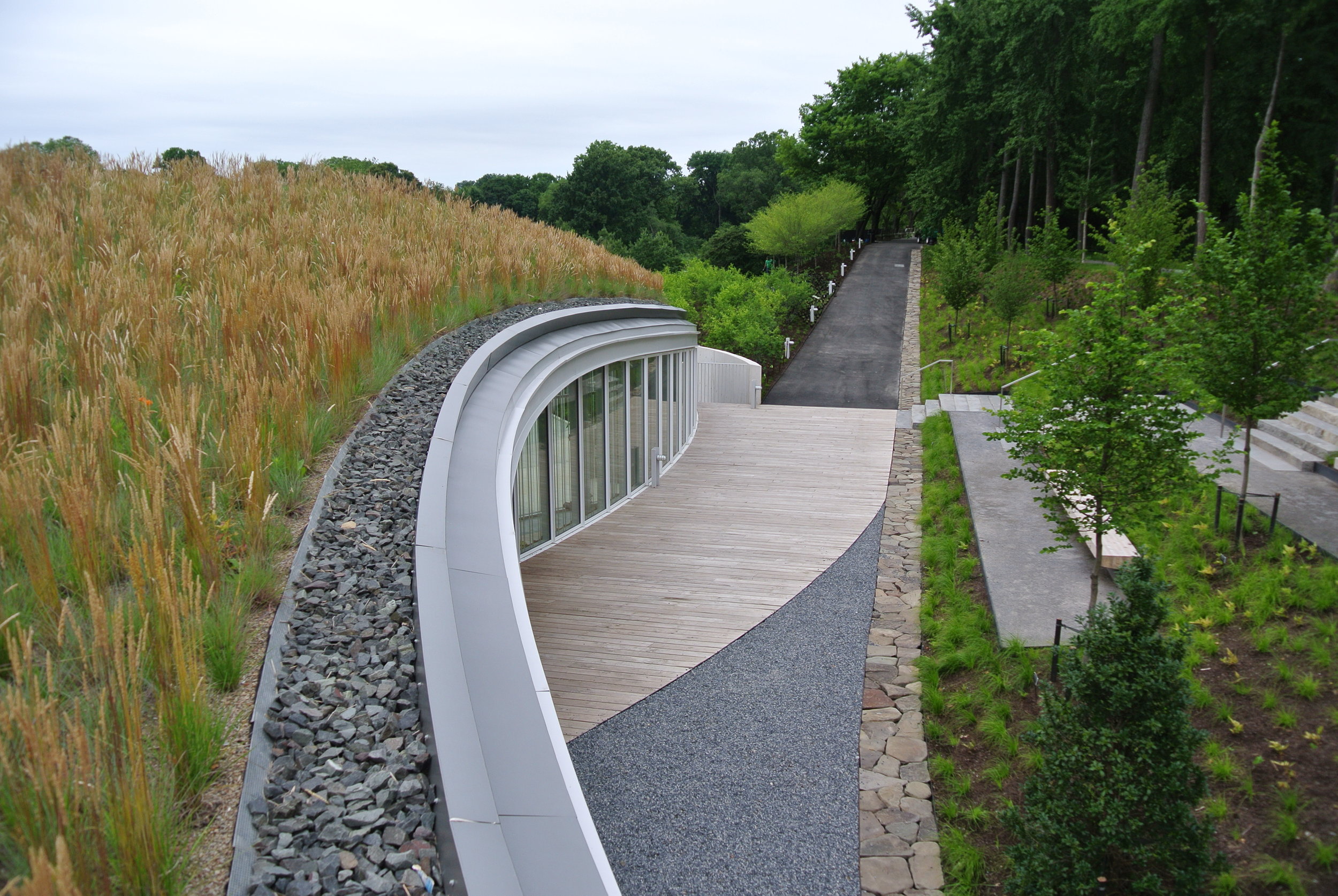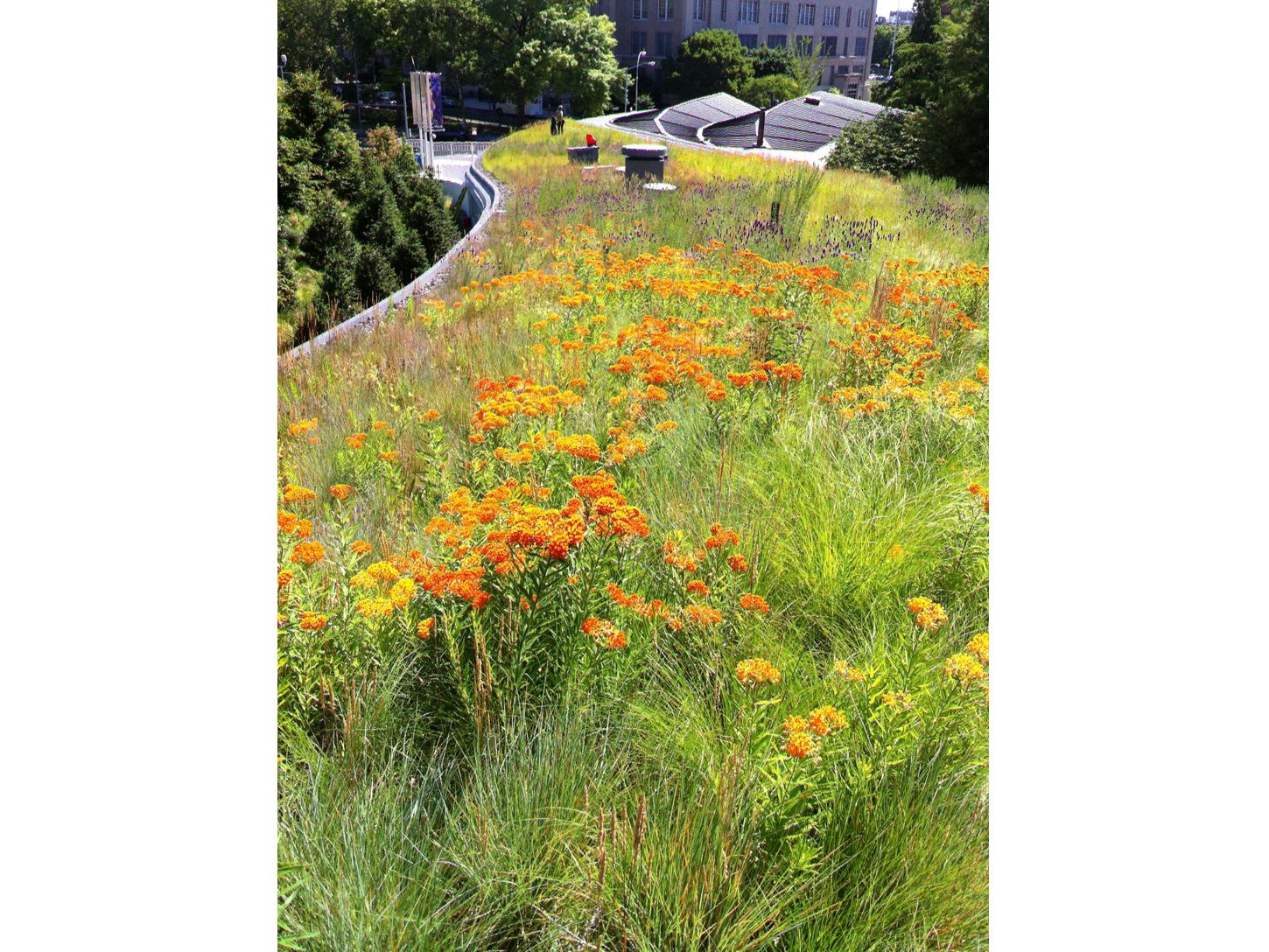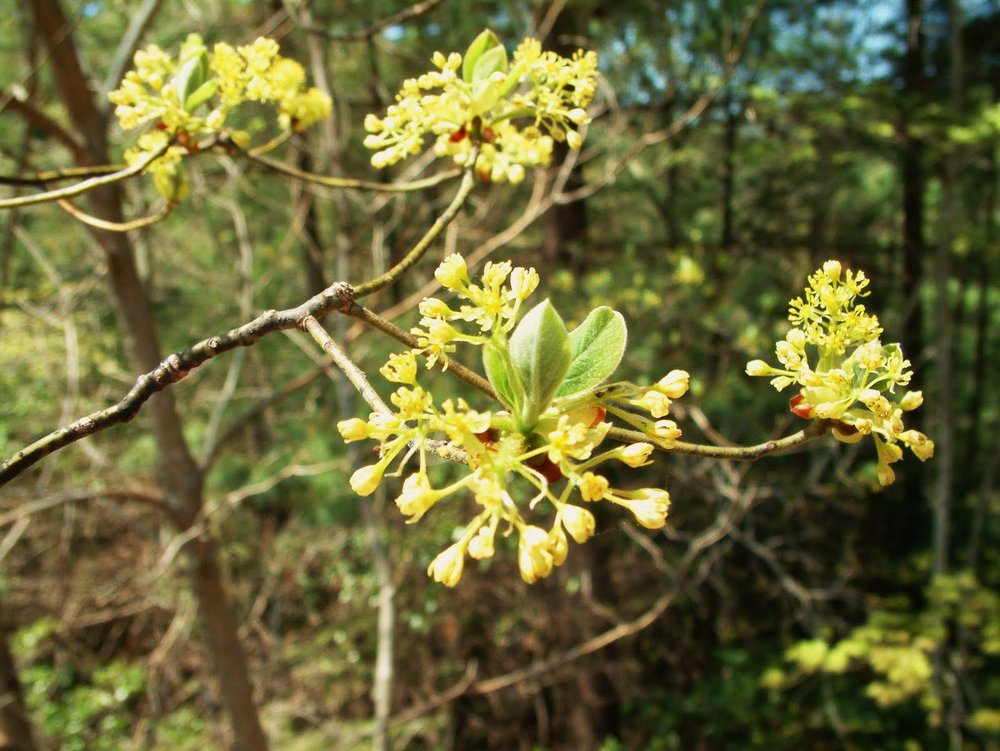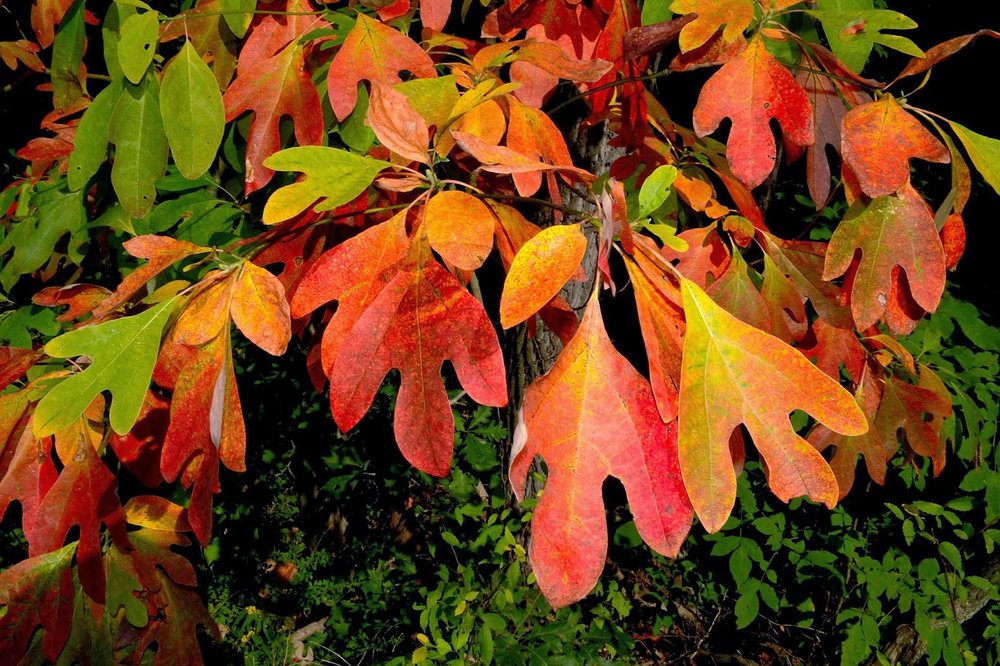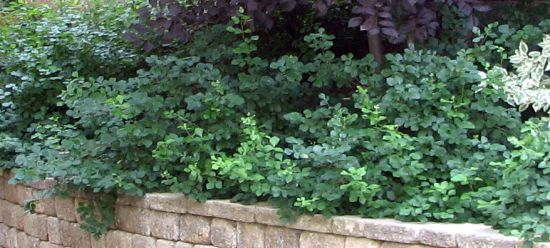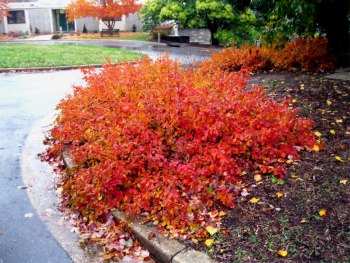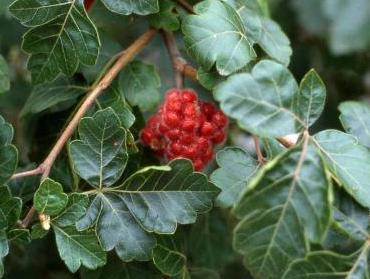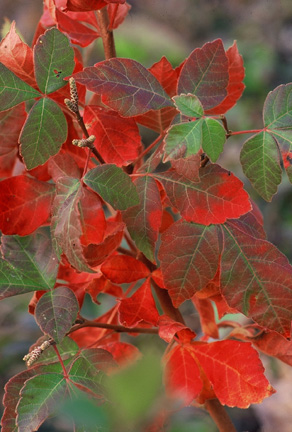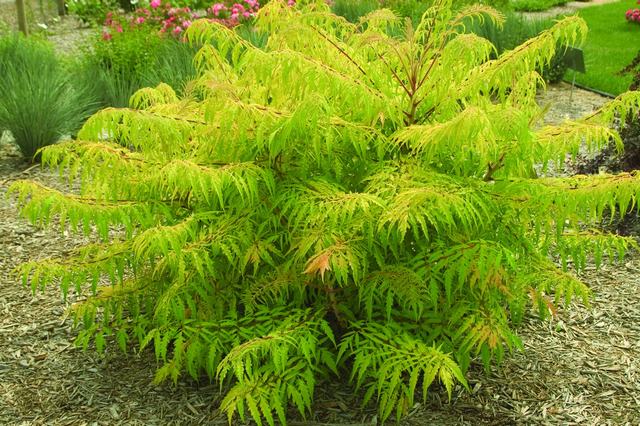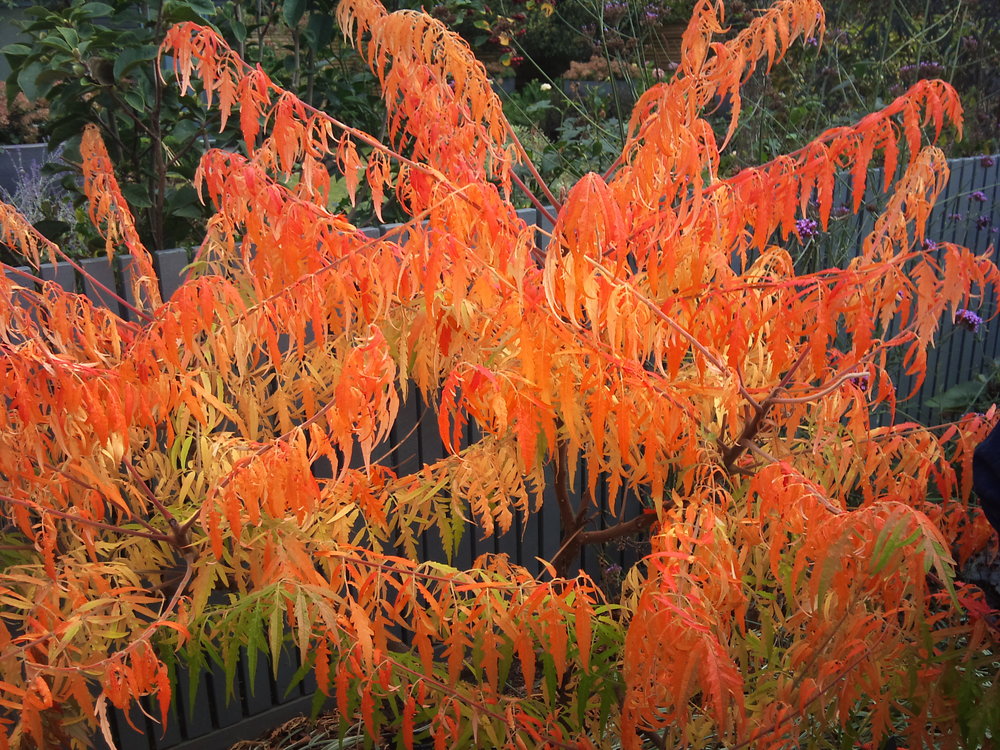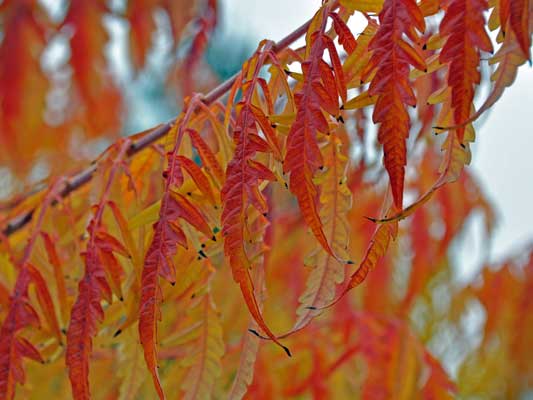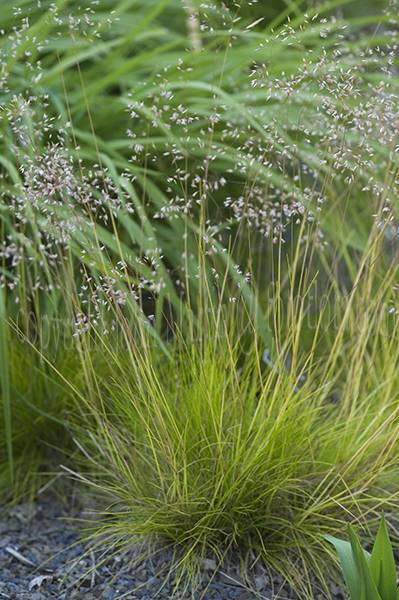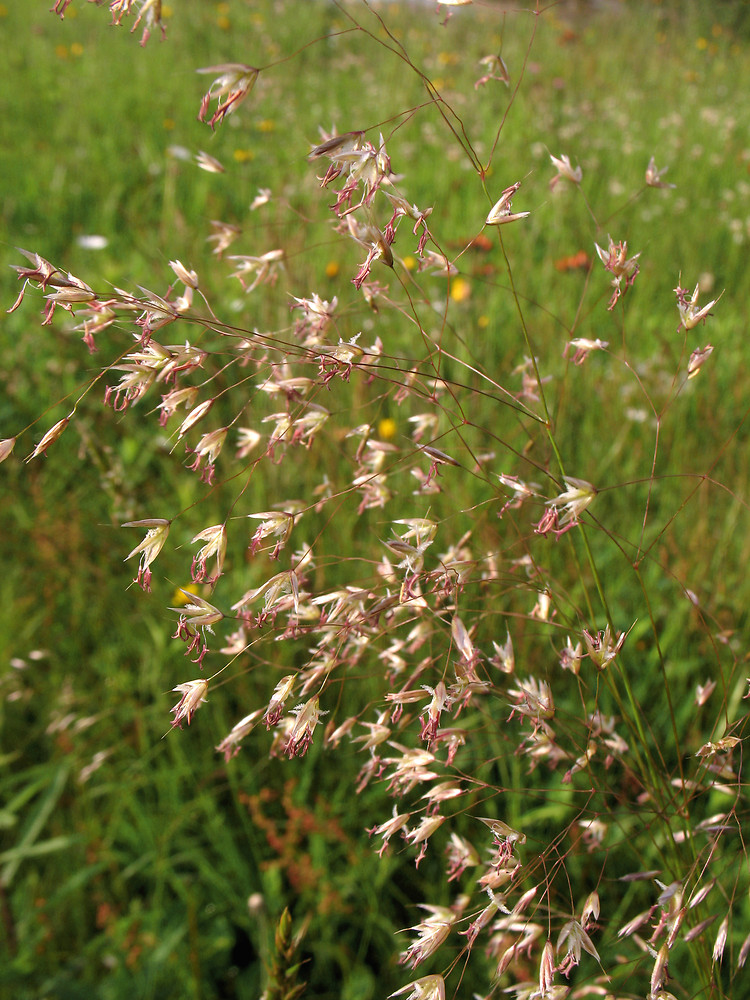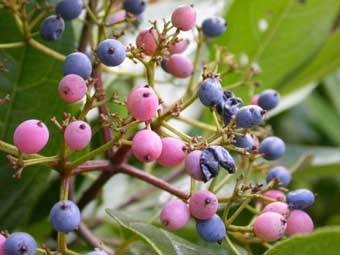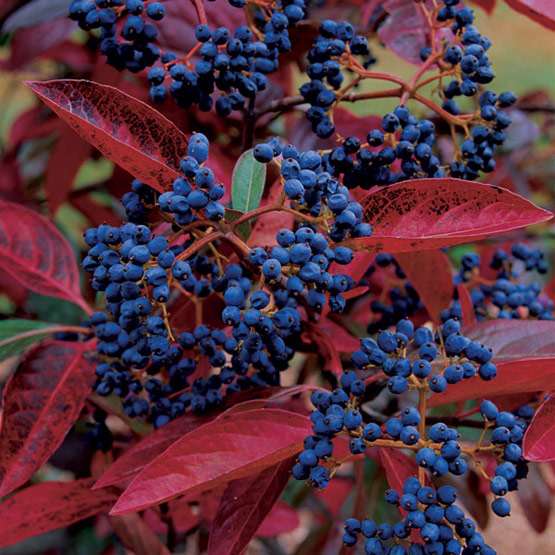Midwest Groundcovers Native Garden
I first heard of Midwest Groundcovers a number of years ago from a lecture given by Roy Diblik at NYBG. He mentioned them as a source for native plants and they had a list on their website of native plants that I printed out and carried around in my notebook for a few years. Fast forward to the COVID years, where connections to horticulture, plants, and "normality" was available mainly through webinars and YouTube presentations. Midwest Groundcovers turns out to have a Winter Lecture series that I've watched for the last 2 winters that turns out to be quite interesting.
This is what Midwest Groundcovers says about itself on its website:
Growing & Propagating Over 20 Million of the Finest Wholesale Plants in the Midwest
Although Groundcovers are our specialty, Midwest Groundcovers’ plant offerings include Evergreens and Broadleaves, Deciduous Shrubs, Perennials, Ornamental Grasses, Vines and Native Prairie, Wetland and Woodland species. We are leaders in the Green Industry in partnering with landscape architects, landscape designers, green roof and plant professionals to create inspiring planting combination solutions. Experts in plants for Midwestern durability and sustainability for over five decades.
Unfortunately for me, they don't do mail order and Irvington NY is obviously not in their delivery range. But if I lived near enough, I would buy everything from them.
Their Nursery includes the Midwest Natural Garden that was established in 2011. It was originally a planting by Walter Stephens, called The Natural Garden, founded in 1953. Stevens populated the original garden with a variety of native species that he rescued from being destroyed by a development project. Nearly 60 years later, Midwest Groundcovers purchased the property and has kept the integrity of the local ecotype plants and the original native stock plants and seed beds. In 2016, conservation work and site development began under the consultation of Restoration Ecologist Jens Jensen from Jensen Ecology. Sections of the 29-acre site were graded and a series of step pools installed to reduce erosion and direct stormwater into the pond. A vegetative bioswale and wetland area were added to capture sediment and “clean” the water for irrigation use. A selection of native plugs and prairie seed mix was planted on the pond’s edge for pollinators. In 2017, controlled burns were begun to assist in managing invasives and non-natives. We continue to restore on-site, existing natural areas and develop new ones. Habitats include woodland, prairie, wetland, and a stream restoration.
Midwest Natural Garden is a production nursery site and is not open to the public.
They grow many different species of Carex as well - and have planted a "Carex Classroom" so that people can see what the different Carex species look like. I imagine this is a very valuable resource, since Carex are fairly new to the Trade, there are so many of them, they actually have a wide variety of habits and foliage, some are best suited to specific niches and many of us (me) have no idea what most of them look like except from pictures.
The Carex Classroom is designed to help educate specifiers, ecologists, landscape designers and plant experts on the nuances of the many species available.
Here are some of the plants that Midwest Groundcovers horticulturalists found exciting in 2022.
From Midwest Groundcovers Webinar January 21, 2022 “21 Plants for 2022”
Spigelia marilandica ‘Little Redhead’ (Common Name: Indian Pink)
Spigelia is underutilized in the landscape due to limited availability, but it's poised to make an explosion in popularity. Why? It's a very versatile perennial-it grows naturally in either sun or shade. This perennial can be found growing in the wild in woodlands and along streambanks throughout the Eastern United States. It's wildly popular among wildflower enthusiasts and highly sought after.
'Little Redhead' is a superior selection of the species, vegetatively propagated to ensure uniformity. Dark red tubular flowers with yellow interiors are produced above top of an upright clump of dark green, wedge-shaped leaves. This genus requires good drainage to thrive, so do not plant in areas with standing water. Full sun - part shade; 24-28 in tall X 20-24 in wide. Rabbits eat it.
Tricyrtis formosana ‘Autumn Glow’ (Common Name: Formosa Toad Lily)
Impressive variegation is what sets this toad lily apart from older cultivars. Per Tony Avent, it boasts the widest yellow leaf margins of any variegated Tricyrtis he’s grown.
Orchid-like, reddish purple to blue violet speckled blossoms appear from late summer into early fall in the north, midsummer in the south. It has attractive dark buds and is slow-growing. An excellent perennial for adding late season color to the shade garden.
Dianthus X ‘Paint the Town Fancy’ Series (Common Name: Pinks)
The Paint the Town Series cultivars are prized for their bright colors and increased heat tolerance. Flowers appear in early summer, and a quick shearing after flowering will encourage them to rebloom in early fall. This is the perfect size to edge the front of the sunny border and use in combination containers.
'Paint the Town Fancy' produces 1", single, rosy fuchsia flowers with a red eye and serrated petals. Flowers completely cover the plant when it's in peak. It has glaucous blue foliage that stays clean and tolerates heat very well. Midwest Groundcovers considers this to be an improvement over ‘Firewitch’. It needs good drainage.
Aquilegia EARLYBIRD™ Purple Blue ('PAS1258487') EARLYBIRD™ Series (Common Name: Columbine)
A series of early flowering Columbine from Kieft Seed. There are several cultivars as seen above.. These are compact plants with lots of flowers and strong colors. 9-11 in tall with upward-facing flowers. Will naturalize. They also have excellent potential as cut flowers, lasting up to 2 weeks in a vase.
Allium X ‘Big Beauty’ (Common Name: Ornamental Onion)
‘Big Beauty’ has lovely wide gray-green foliage that is very showy - bolder than other alliums when it comes up in spring. Large soft pink flowers bloom July - Sep and are 2.5 in diameter. This is a really nice foliage plant as well as a beautiful flowering plant. Takes heat and drought and performs over a long period. Seed heads hold up well to snow and ice. 18 - 24 in tall
Cotinus coggygria ‘Winecraft Gold’ (Common Name: Smokebush)
Leaves emerge orange, turn golden yellow and then mature to chartreuse. It flowers with pink “smoke” plumes. It has a dense oval shape; good branching structure; much more “regular” habit than many other smokebush varieties. Not very susceptible to leaf burn. Beautiful fall color with tones of orange/yellow.
Helleborus X Frost Kiss ‘Molly’s White’ (Common Name: Lenten Rose)
This is a great performer in the landscape. It has silvery-green mottled foliage and a huge number of clear white flowers that are fairly upward-facing. It will bloom in the first year and will fill out quickly. Compact habit; 12-18 in tall.
Hydrangea paniculata grandiflora ‘Firelight Tidbit’ (Common Name: PG Hydrangea)
A dwarf form of ‘Firelight’. It’s shorter than ‘Bobo’ at 2-3 ft tall. Flowers turn a deep righ red color in fall. Gets a fantastic purpley-orange fall foliage color.






















































